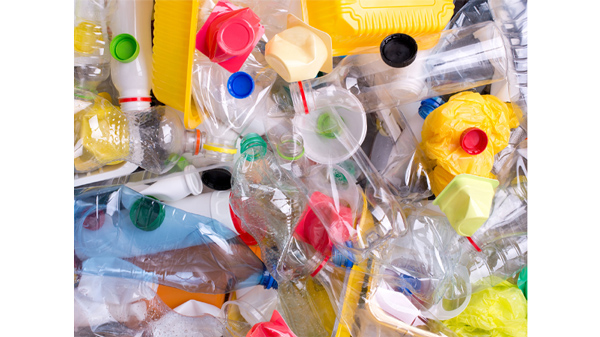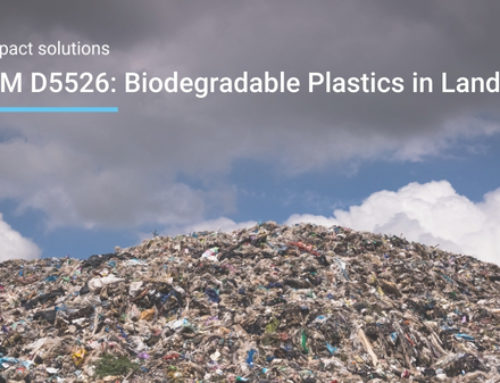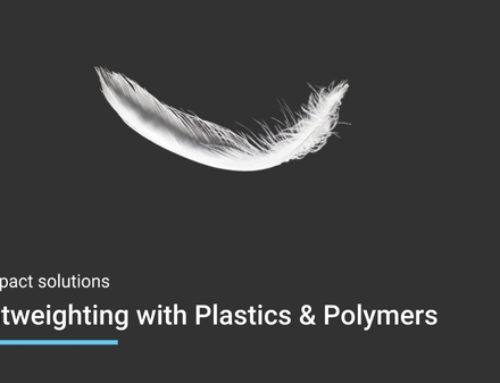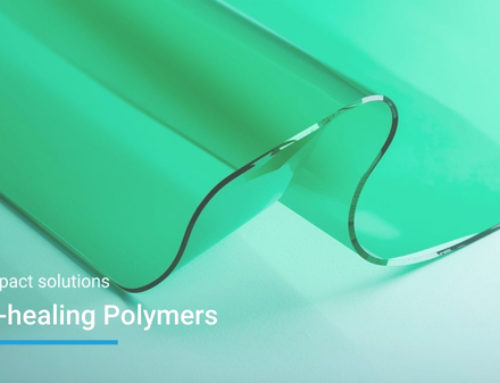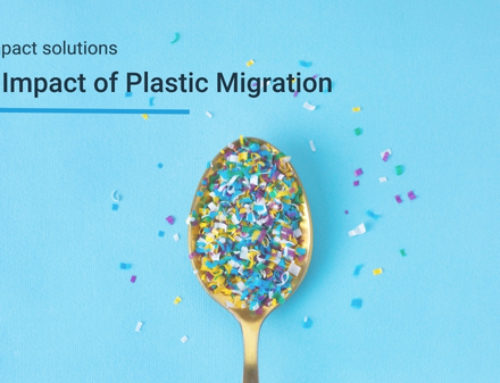Single use packaging
Yesterday the UK government announced the much-awaited Plastic Tax is to come into effect in 2022, placing a levy of £200 on every tonne of plastic put on the market place which uses less than 30% recyclate. On the face of it, the new tax is a welcome boost to protect the environment, such as in the case of single use packaging, however like most things once you start digging deeper things are not as rosy as they seem.
The Plastic tax will cause harm to the environment.
Back as far as 2014, I have advocated for a tax on single use packaging, so this should not be seen as the plastic sector complaining. The problem with the proposed tax is twofold;
- It is based on package weight
- It is not technically measurable
In this blog, we will focus on the package weight.
The problem with packaging weight:
Packaging manufacturers have constantly been looking at how to make their packaging lighter. In fact, plastic packaging was literally the end result of innovation in the packaging industry creating a material that was lighter and more durable than other materials. A light package means a lower raw material cost for the manufacturer, a lower transportation cost for the manufacturer and the retailer (both in terms of cold hard cash, as well as significant CO2 savings), and packaging which is more durable for the consumer (glass bottles v PET bottles for example).
However light packaging is also important as manufacturers require to pay for PRN's (Packaging recovery notes) which are purchased from recyclers who recover and "recycle" the packaging (that's a subject for another blog). The volume of PRN's they require to purchase is based on weight, so if they place 1,000,000 trays weighing 100 grams on the market, they are required to buy 100 tonnes worth of plastic PRN's. With PRN's trading as high as £300/tonne that is £30,000 straight off the bottom line. However, if they can reduce that packaging weight to 50grams, they half their PRN liability. But while halving their packaging weight sounds like a good thing, it is not if the package goes from being recyclable to unrecyclable. They can buy PRN's whether their material is recycled or not.
A good example is black food trays – widely thought to be unrecyclable. This is only half true though. It is indeed true (for all intents and purposes) that black plastic PET food trays do not get recycled. While they are difficult to sort with conventional optical sorters (although this can be done), the real problem is there is literally no end market for them. They tend to get contaminated so they cannot be reused in food trays and there are only so many black clothes you can make with black rPET. Indeed, a 2014 WRAP report into the market for black PET concluded that the worldwide demand could be as low as 4000 tonnes! They could of course use PP instead. It is 50% cheaper to buy the raw material than PET. PP is widely recycled and there is a shortage of recycled material in the marketplace with car manufacturers hovering up everything they can to put into vehicles. Black PP can be found all over, and under your vehicle as well as in consumer products such as paint pots. These can be reused again and again.
However, PP would make the package heavier, by as much as double. The material cost would therefore work out similarly, however, the PRN liability would double, and therefore an unrecyclable material is used instead.
I fear the new Plastic Packaging tax will have the same effect. Plastic manufacturers will use the lightest plastic they can find to avoid the tax. They will take recycled materials in low quantities and line them with other materials (such as paper, metals, and virgin plastics). The end result will be completely unrecyclable single use plastic.
 This single use tub is completely unrecyclable. It will be incinerated or landfilled. It will not be affected by the plastic packaging tax.
This single use tub is completely unrecyclable. It will be incinerated or landfilled. It will not be affected by the plastic packaging tax.
 This single use tray is easily and widely recycled. It will be recovered and most likely end up as a car bumper, where it will be in circulation for the next 30 years. It will be subject to the plastic packaging tax and will raise the material cost by ~20%.
This single use tray is easily and widely recycled. It will be recovered and most likely end up as a car bumper, where it will be in circulation for the next 30 years. It will be subject to the plastic packaging tax and will raise the material cost by ~20%.
Any tax on single use packaging should be welcomed. But it must be administered in a way that improves recyclability or reduces use/increases recycled content. Doing it in the way proposed will simply lead to weird and wonderful solutions which get around the tax while making recycling impossible and ultimately leading to an increase in plastic (and other material) waste.
About the Author
Steven Burns has over 15 years of experience working in the recycling industry with previous experience in electronic recycling and plastic recycling and reuse. Steven has been credited with the development of several recycling processes, holding several patents and patents pending, and heads up Impact's recycling activities. Working in conjunction with the Scottish Plastic Recycling Centre of Excellence (SPRCOE) Steven and Impact can provide independent advice on the recyclability of a material and how it will actually flow through the supply chain.
To learn more about single use packaging, contact our team today!
Be sure to follow us on Facebook, Twitter, and LinkedIn for regular updates about the tax.

